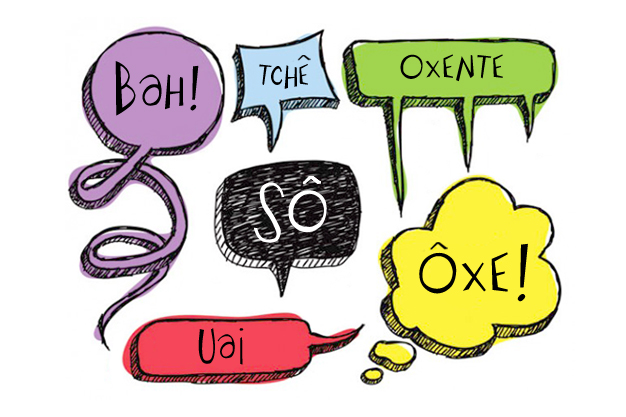ADVERTS
They are distinct, where the occurrence is due to several factors, such as age group, social stratum, profession, differences in belief, among others.
If we take a trip through the most different regions of Brazil, we will discover different languages that guide this immense country.
ADVERTS
These factors cause these variations to acquire different classifications, called diatopic, diastratic and diaphasic. Each with its own particularities.

Diatopic variations
These are classified due to the differences between the regions in terms of the way they speak, and these differences can be in relation to semantics (related to the meaning that words present) or syntax.
Now with regard to vocabulary, we can take as a good example the word ''mexerica'', which in some regions is known as ''bergamot'' and in other regions ''tangerina''
ADVERTS
Speaking of syntax, we can observe that there is a high recurrence of some syntactic terms, such as: ''I won't'', instead of ''I won't'', ''and no'' instead of ''no and'', among several other expressions.
Diastratic variations
Considering diastratic variations, those variations that refer to social groups, whose factors, related to age group, profession, social stratum, among other factors. An example is the language of rap groups, surfers, the language of the medical class, and even the language of older people and children.
Diaphase variations
These variations are related to our communicative context in general, that is, the context will require the use of a different way of speaking. We can mention an informal chat and a speech given at a solemn event. Another example is writing a written text and a conversation given in everyday life.
